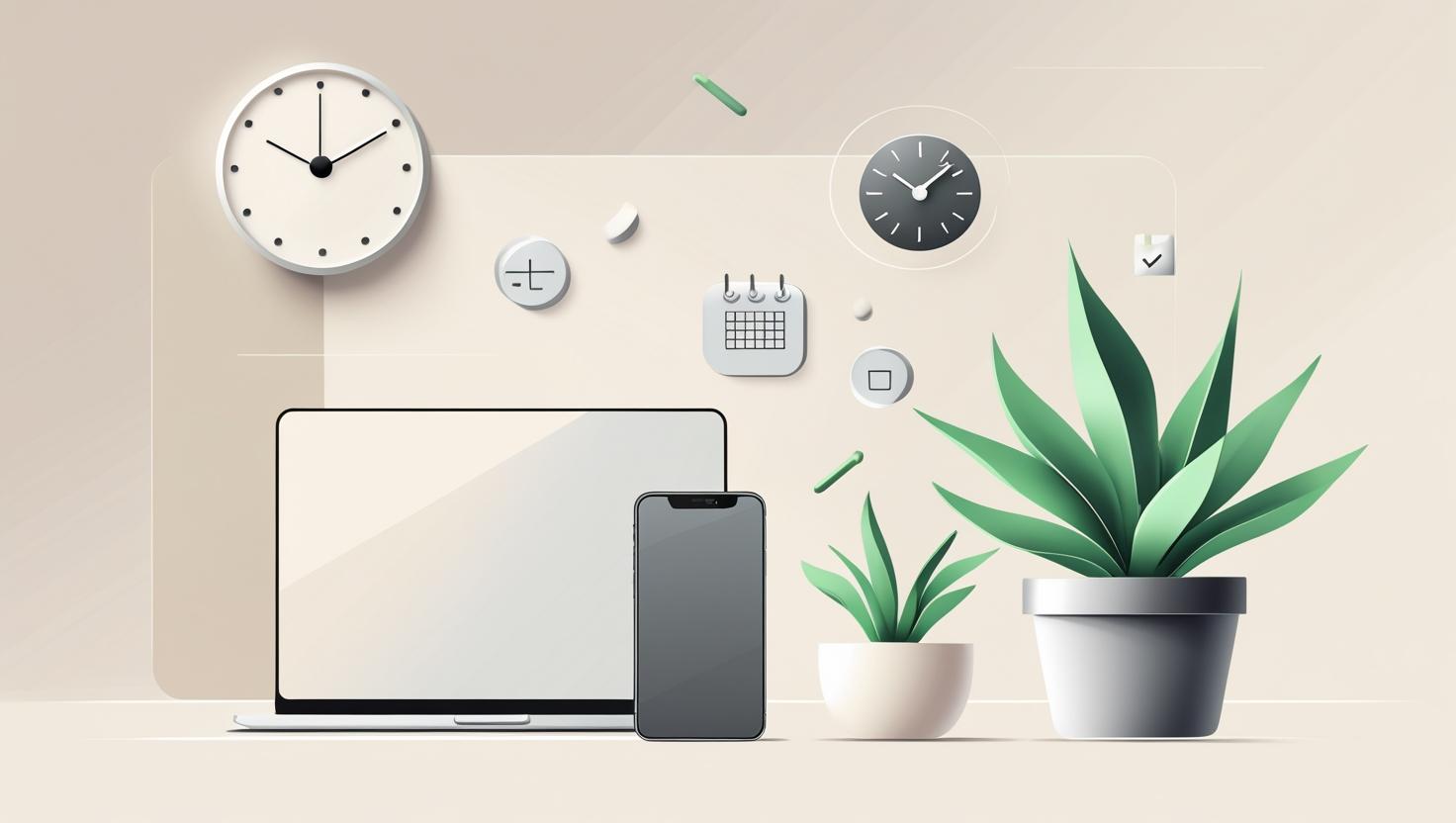In a world overflowing with clutter — both physical and mental — a rising number of people are turning to Japanese minimalism for peace and clarity. Rooted in ancient Zen philosophy, this design and lifestyle movement champions simplicity, intentionality, and tranquility.
But beyond aesthetics, many ask: Are minimalists less stressed? Does letting go of material possessions actually bring peace of mind?
This in-depth guide explores what Japanese minimalism really is, its cultural roots, and how it can be a powerful tool for reducing stress and improving well-being in 2025 and beyond.
What Is Japanese Minimalism?
Japanese minimalism is a philosophy and aesthetic that emphasizes living with fewer possessions, focusing on only what is essential. It is deeply influenced by Zen Buddhism, which values stillness, mindfulness, and the beauty of imperfection.
Unlike Western minimalism, which can be stark and modern, Japanese minimalism is warm, grounded, and organic. It often incorporates natural materials, muted color palettes, and empty space (known as ma) to invite peace and contemplation.
Core Principles of Japanese Minimalism
- Ma (間) – The power of empty space; less is more.
- Wabi-sabi (侘寂) – Embracing the beauty of imperfection and impermanence.
- Shibui (渋い) – Simple, subtle, and unobtrusive beauty.
- Seijaku (静寂) – Stillness and serenity.
At its heart, Japanese minimalism is not about restriction, but liberation — from clutter, from consumerism, and from mental chaos.
Origins: The Zen Roots of Japanese Minimalism
Zen Buddhism arrived in Japan from China in the 12th century. Its teachings promote mindfulness, silence, and inner peace — ideals that naturally extend to physical surroundings.
Zen temples, tea houses, and gardens all reflect minimalist design: clean lines, natural textures, and emptiness that calms the mind. These aesthetic values filtered into traditional Japanese architecture, art, and daily living.
In modern times, authors like **Fumio Sasaki** and **Marie Kondo** have brought Japanese minimalist ideas to global attention. Kondo’s “KonMari Method” famously encourages us to keep only what sparks joy.
How Japanese Minimalism Reduces Stress
Now to the question at the core of this article: Are minimalists less stressed? The answer — backed by research and neuroscience — is a resounding yes.
1. Clutter Increases Cortisol
Studies show that visual clutter overwhelms the brain and raises cortisol levels (the stress hormone). Clean, orderly spaces make us feel in control and calm.
2. Less Decision Fatigue
Minimalism simplifies choices — from what to wear to how to decorate. This reduction in micro-decisions helps preserve mental energy and avoid overwhelm.
3. Enhanced Focus and Productivity
A decluttered space means fewer distractions. Your brain can better focus, leading to increased productivity and a sense of accomplishment — both crucial for mental health.
4. Stronger Mindfulness and Presence
Minimalist living fosters intention. When we own less, we are more present with what we do have. This strengthens mindfulness, which has been proven to lower anxiety and depression.
5. Emotional Liberation
Letting go of unnecessary possessions can be emotionally freeing. We stop tying identity or worth to things and start cultivating inner peace.
Practical Ways to Embrace Japanese Minimalism
1. Start with One Room
Choose a space you spend a lot of time in — like your bedroom or living room — and remove anything that isn’t useful or meaningful.
2. Use Natural Materials
Opt for wood, bamboo, paper lanterns, linen, and ceramic. These textures ground you and echo nature’s calming presence.
3. Embrace Negative Space
Don’t fill every corner. Allow empty space to breathe. The Japanese concept of ma teaches us that silence and space are as important as form.
4. Mindful Decluttering
Follow the KonMari method: pick up each item and ask if it brings joy or serves a real purpose. If not, let it go — respectfully.
5. Keep Decor Intentional
Display one or two objects with deep meaning — a bonsai, a calligraphy scroll, or a simple handmade bowl.
Japanese Minimalism Beyond Interiors
Minimalism isn’t just a decorating trend. It extends to:
- Digital minimalism: Reducing screen time, disabling notifications, deleting unused apps.
- Financial minimalism: Spending intentionally, reducing debt, avoiding consumerism.
- Time minimalism: Saying no to obligations that don’t align with your values.
Living minimally leads to greater life satisfaction, because energy is no longer wasted on the unnecessary.
Do Minimalists Live Happier Lives?
Research suggests that minimalists experience less anxiety, better sleep, and increased overall life satisfaction. In fact, decluttering is now a recognized form of emotional self-care.
In surveys conducted globally, those who described themselves as minimalists reported feeling:
- More in control of their time and space
- More grateful for what they own
- Less attached to material things
- More creative and focused
Minimalists are often less stressed not because they own less — but because they worry less.
Minimalism in 2025: A Global Movement
Minimalism is evolving. In 2025, we see trends like:
- Sustainable minimalism: Reuse, recycle, repair — not just buy less, but buy smarter.
- Virtual minimalism: Curating your online presence, reducing digital clutter.
- Mindful architecture: Tiny homes, modular spaces, and flexible design that aligns with well-being.
As the world gets louder, minimalism becomes not just a style — but a survival tool for mental clarity.
The Stress-Free Power of Less
Japanese minimalism teaches us that joy doesn’t come from having more — it comes from needing less. By embracing simplicity, intentional design, and emotional clarity, we reclaim peace in a noisy world.
So, are minimalists less stressed? Science and experience both say yes. In choosing less, we gain more — more space, more time, more calm.
Minimalism is not about emptiness. It’s about making room for what truly matters.





